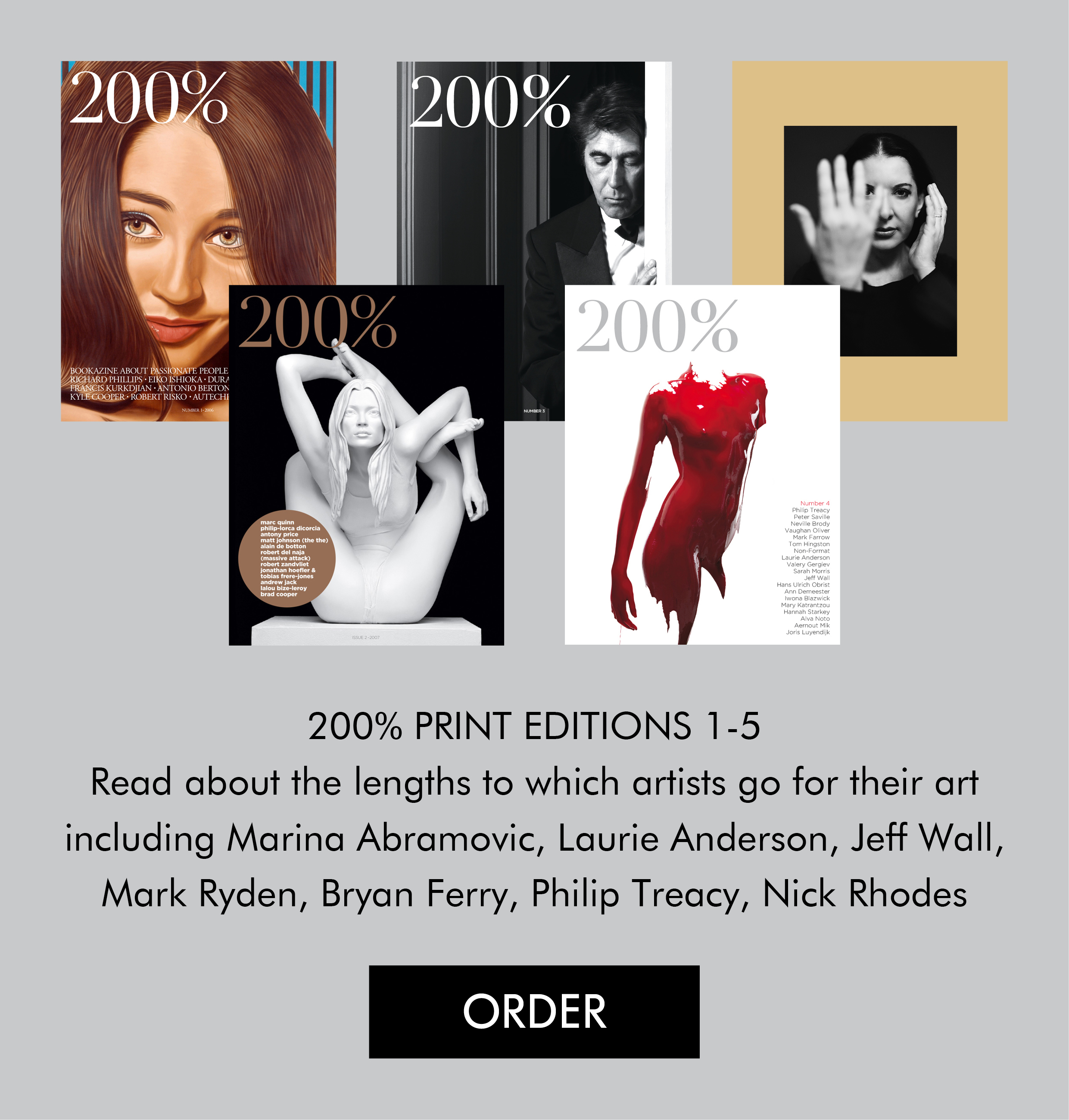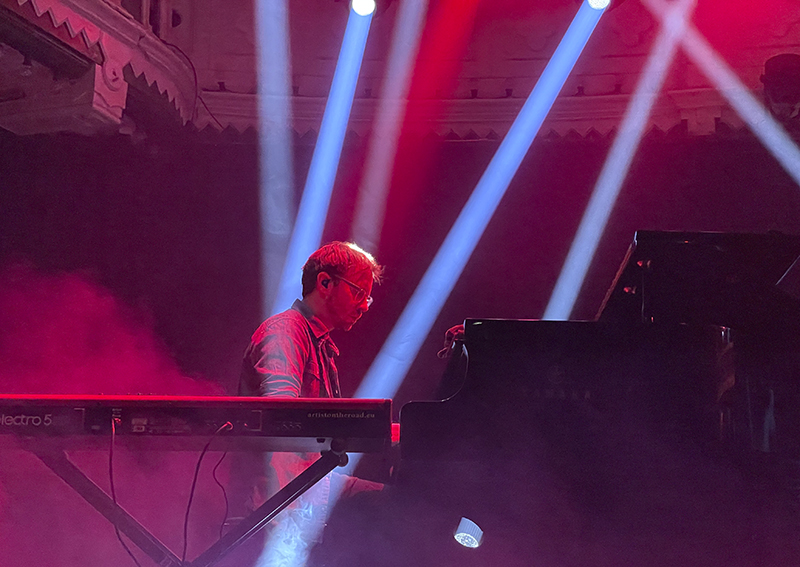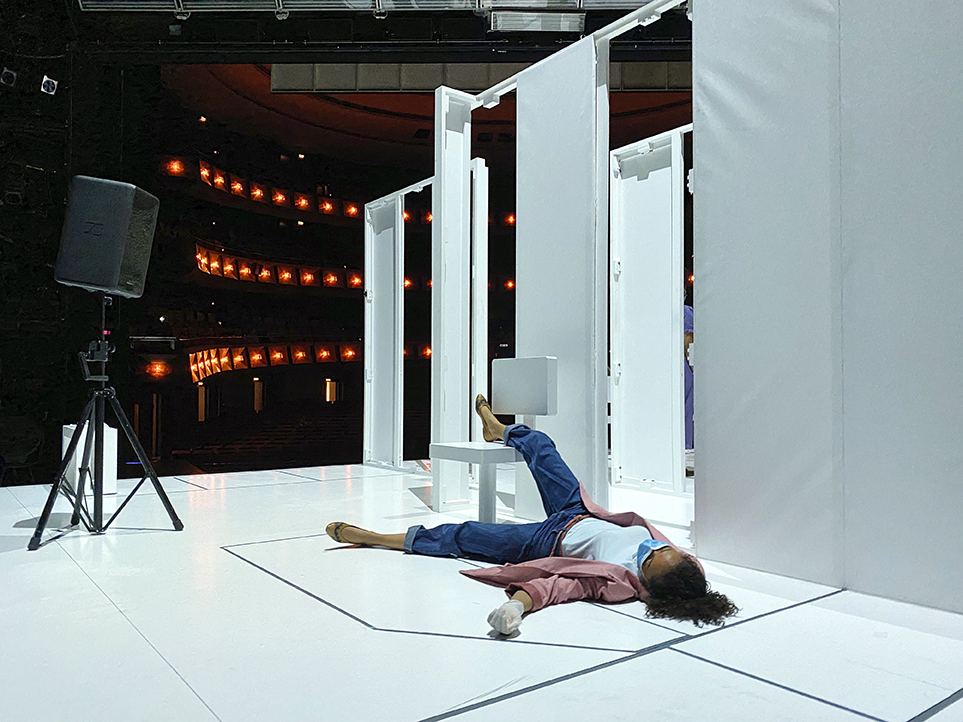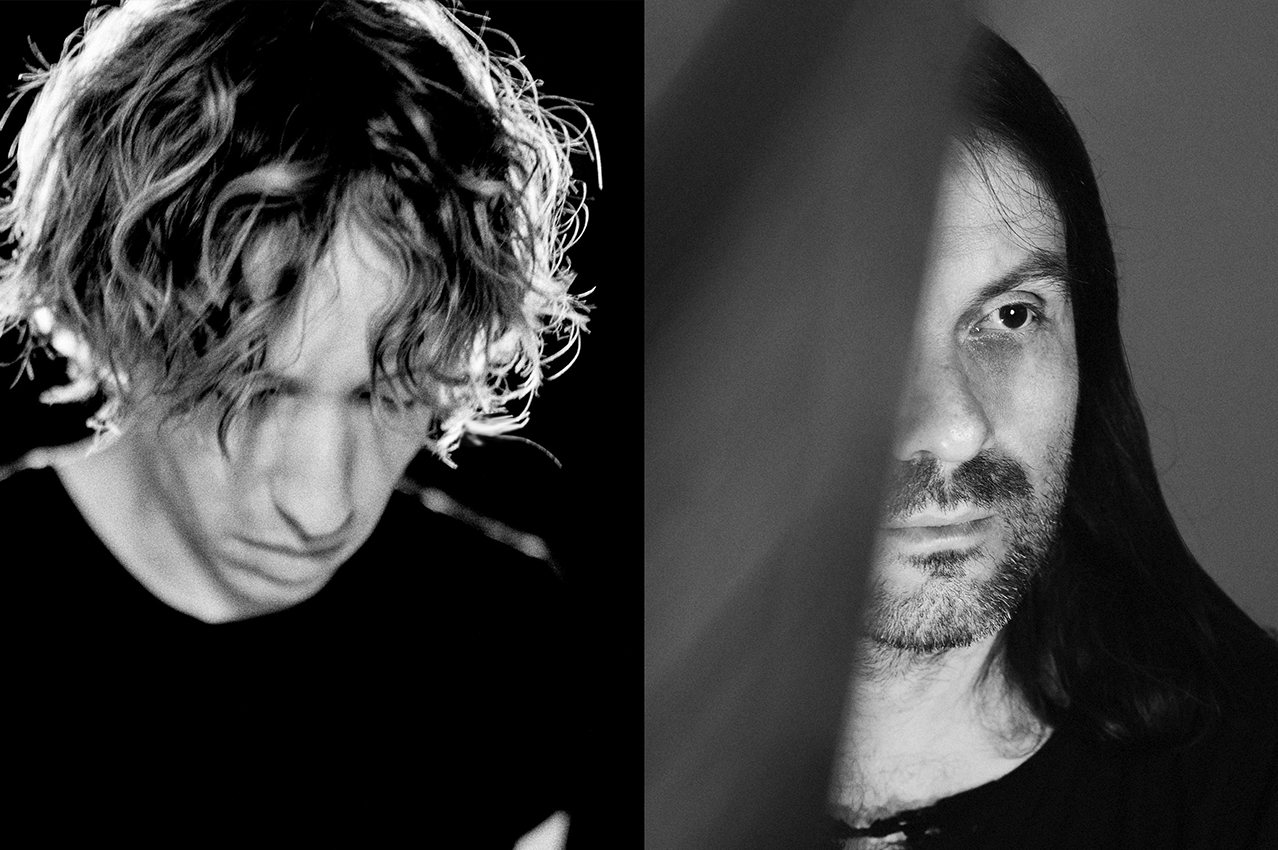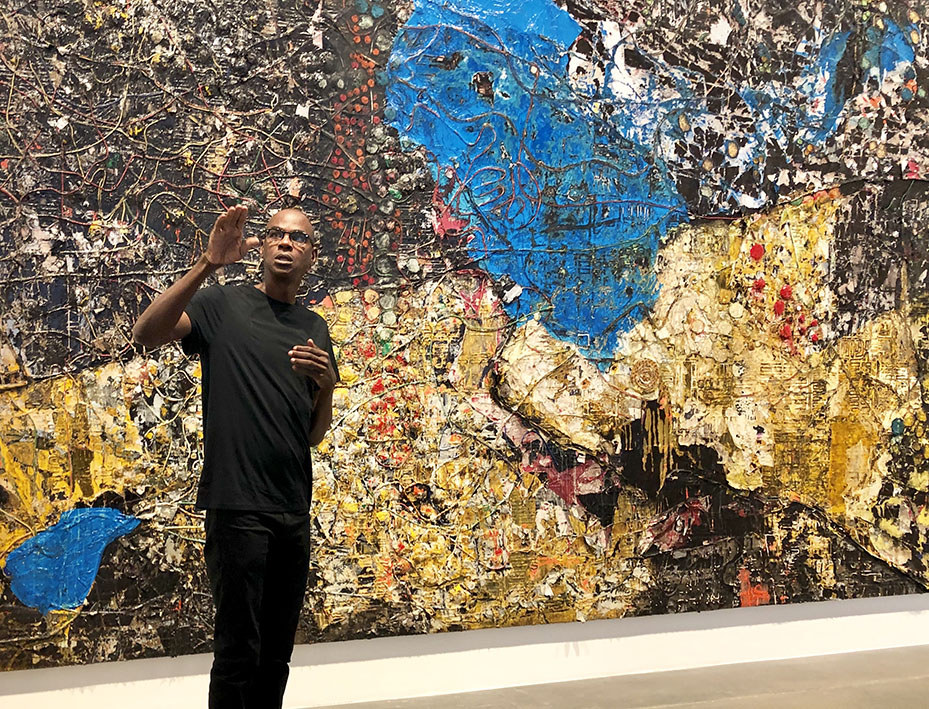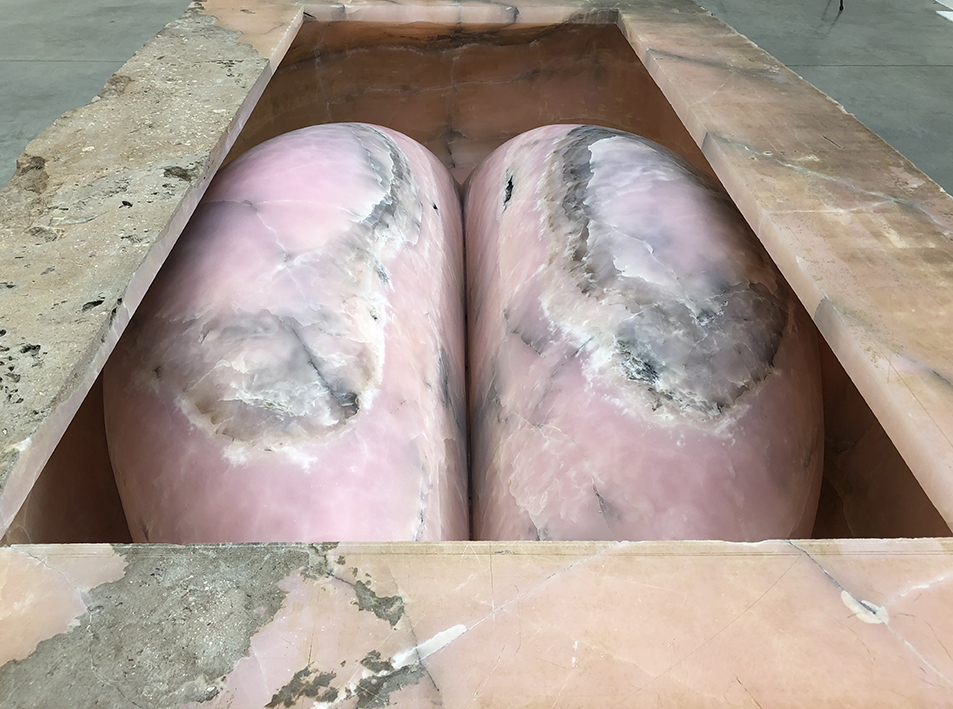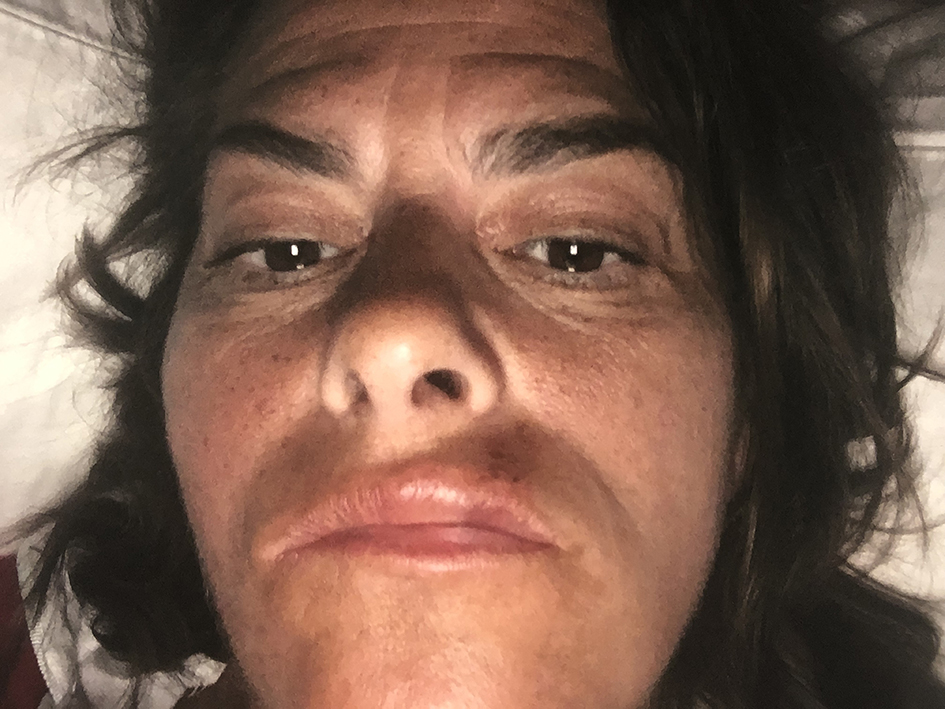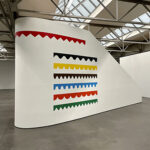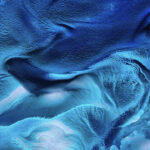 Gallerist Pilar Ordovas on ‘Painting from Life: Carracci-Freud’, an unique exhibition that brings together a group of head studies by the Bolognese painter, Annibale Carracci (1560-1609), and Lucian Freud (1922-2011).
Gallerist Pilar Ordovas on ‘Painting from Life: Carracci-Freud’, an unique exhibition that brings together a group of head studies by the Bolognese painter, Annibale Carracci (1560-1609), and Lucian Freud (1922-2011).
200%: How did the show originate?
Pilar Ordovas: During the period of the Bacon-Rembrandt exhibition, Xavier Bray, chief curator of the Dulwich Picture Gallery, and I started talking about this exhibition. He spoke of having the Carracci in their gallery and he asked me which work of Lucian Freud I would place beside the piece. I immediately thought of Lucian’s portrait of Frank Auerbach in which the emphasis is on the forehead. Lucian Freud worked from life with a sitter in front of him, Carracci didn’t. For the works in this exhibition, however, Carracci did as they were undertaken as studies of paintings. They are, therefore, incredibly loose and direct, which makes them feel very contemporary also.
200%: Is there a specific point you want to make with the exhibition?
PO: Well, the exhibition is not about one artist being influenced by the other [artist], but to look at these works by these two artists and see that they share commonalities and to consider the conversations that they generate when you view their works side by side. We’re not trying to say that Freud only looked at Carracci’s work when he was painting as that would be completely untrue. If anything, what I’m trying to show is that for Freud observing paintings was akin to going to the doctor for help. He looked at many painters’ works, again and again, but he also made a big point that he didn’t want their style to emerge in his own painting as he wouldn’t feel comfortable about that.
200%: Freud also looked at the work of Jean-Baptiste-Siméon Chardin, didn’t he?
PO: Yes, when he was asked to select a painting for ‘The Artist’s Eye’ at the National Gallery he chose ‘The Young Mistress’ by Chardin. When the director asked Freud why he chose that painting he answered: “because she has the most incredible ear in the whole National Gallery.” He loved how Chardin had painted her ear.
 200%: When you started the gallery you also wanted the gallery to be a space for contemporary artists to come and study the works exhibited. Has that occurred?
200%: When you started the gallery you also wanted the gallery to be a space for contemporary artists to come and study the works exhibited. Has that occurred?
PO: Yes, the other day I spent a morning with the artist Jenny Saville looking closely with her at the works of Freud and Carracci. She wanted to study the application of the paint on the canvas, to look at solutions of how to paint the cheeks, the chin, the forehead, etc. For me, it’s fascinating to see how artists look at other artists’ works, and to converse with them about how they have interpreted the work.
200%: You also have some new neighbours. A lot of major American galleries are opening new and bigger spaces in the Mayfair area where you are also located. What do you think of this invasion?
PO: I think it is very good. There is indeed an invasion as these dealers believe and know what is happening in London and they also want to be part of it. The more great galleries that are here, the more excitement and it attracts people coming to London to see what the arts have to offer. It’s making London more and more vibrant.
For collectors, London has also a central geographical position in the world. There are more collectors with second homes in London than there are in the United States. They would not necessarily travel to New York, but do travel to London.
Also, for some galleries, having a space in London is a way of protecting their stable of artists. If they don’t have a place to exhibit in London, which other galleries do, there is a risk that their stable of artists might be poached. There is an element of that as to why dealers are opening galleries in London.
‘Painting from Life: Carracci-Freud’, Ordovas in collaboration with Dulwich Picture Gallery, until 5 December.
Interview written and conducted by Thierry Somers. Paintings: Lucian Freud, Frank Auerbach, 1975-6, © Lucian Freud. Annibale Carracci, Head of an Old Man, circa 1590-92. By Permission of the Trustees of Dulwich Picture Gallery, London.
More on Lucian Freud: http://tinyurl.com/d8pxhj8

